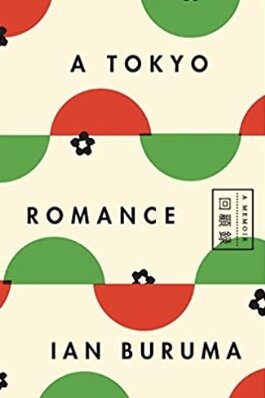In Beautiful Disguises by Rajeev Balasubramanyam (Bloomsbury)
Fashion and beauty magazine Marie Claire describes Rajeev Balasubramanyam’s novel In Beautiful Disguises as “Holly Golightly meets Arudnhati Roy in an elegantly written novel about a girl who is desperate to escape from her life.” This is Balasubramanyam’s debut novel. The book was the winner of the Betty Trask Prize in 1999 even before it was published.
The story is narrated by an unnamed sixteen year old girl living in South India. She begins her story by saying, “I was born a girl and remained so until I became a woman”. She was the youngest of the three children, having an elder sister and her much older brother, Ravi. Their father was an office clerk and their mother was a housewife and most of the time was treated like a domestic servant.
The narrator had a passion for movies. She didn’t have any friends and spent most of her time at the local cinema called Majick Movie House. She came home one day and was informed that her sister was to be married. She was still fifteen and did not know how to react.
She was seventeen when her sister had her first child. This was also the year when she saw Breakfast at Tiffany’s four times at the Majick Movie House. Holly Golightly became her role model. It was also the year she learned she was to be married.
She meets the man she is to marry and doesn’t like him one bit. She didn’t like the tone of his voice, the look in his eyes, the way he was looking at her as “his look went way beyond visual autopsy”. It was also his six-year old sister, Savitri, pointing at something and asking, “What’s that thing?” The man could not hide his obvious erection.
The father said the meeting was a success but the protagonist definitely did not want to marry the man. No, she was not going to marry the man, but if she didn’t, her father would be angry and would take out his anger on Ravi or her mother. For some reason, he has never hit her and she doesn’t know why.
The narrator makes a life-changing decision. She decides to run away. She receives help from her sister’s husband’s grandfather who has found her a job in the City, a place she’s never been before. She was to start working as a maid for Mr. Aziz and his wife, Mrs. Marceau, a mean-spirited French woman who looks down on all the workers and Indians in general. She works for the couple for about a year and has many new life experiences.
She meets a host of interesting characters at the house. Raju, a friend of her sister’s husband’s grandfather and the person that helps her settle into her new life. Ishaq, the person who was helping Raju in the kitchen. Manu, the driver. Arun, the gardener who often gets drunk after work and tries to take advantage of the younger women servants. She meets the other maids - Ambika, an old lady with a bad back who cleans the first floor and the kitchen and Maneka, one of the younger women who seems to be a bit promiscuous. Her job is to clean the top two floors of the house. And there is Armand, the son of Mr. Azia and Mrs. Marceau, who she begins to develop feelings for.
This is a story of a girl who goes against traditions, defies her father’s wishes and sets out a new life in The City, where she gains new life experiences. However, she also comes to realize that she cannot go on living life as a fantasy, pretending that “she is a movie star in disguise as a maid”. She finally finds the courage to return home and to confront her greatest fear - her father.
Balasubramanyam writes the story in such a way that you can’t help wanting the narrator to achieve her dreams of becoming the next Holly Golightly. Her actions may give other women in similar circumstances to question outdated traditions and to make their own life decisions no matter how difficult it may be. ~Ernie Hoyt








